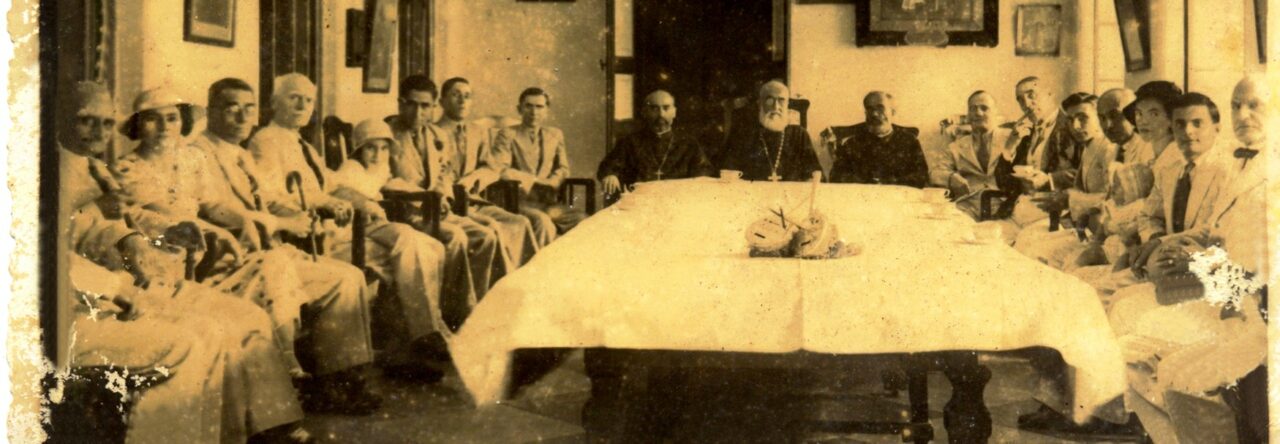Armenians in Calcutta – Tangra
In 1867 the area that is currently Tangra Church and cemetery, was originally a garden house. It was purchased by the then church warden, C.A. Vertannes for 12,000 rupees. He spent a further 3,600 rupees on it, converting the building into a church and laying out the grounds for burial purposes.
A remarkable transformation has taken place between 20003 and 2007. This is solely due to the new, fresh and modern way the Armenian Church and the Committee in Kolkata are approaching the refurbishment and modernisation programme of everything within their jurisdiction which includes their educational establishments as well as their churches. The Church has an on-going refurbishment programme of the Armenian Churches in India. The Church at Saidabad has already undergone extensive renovations and the Armenian Church in Madras is currently in the process of being refurbished.
The church at Tangra is known as the Holy Trinity Chapel and was built on the 1st March 1867. The first centenary of the Chapel was celebrated in March 1968 when a large number of Armenians attended Holy Mass there. Around the Chapel is an Armenian cemetery. The oldest grave is that of C.G. Bijohn who died on the 19th March 1867.
Beside the cemetery, there is a large plot of land in which there is a pond. The sexton’s quarter was built on this plot in 1914 by the late Manatsakan Mackertich at his own expense.
